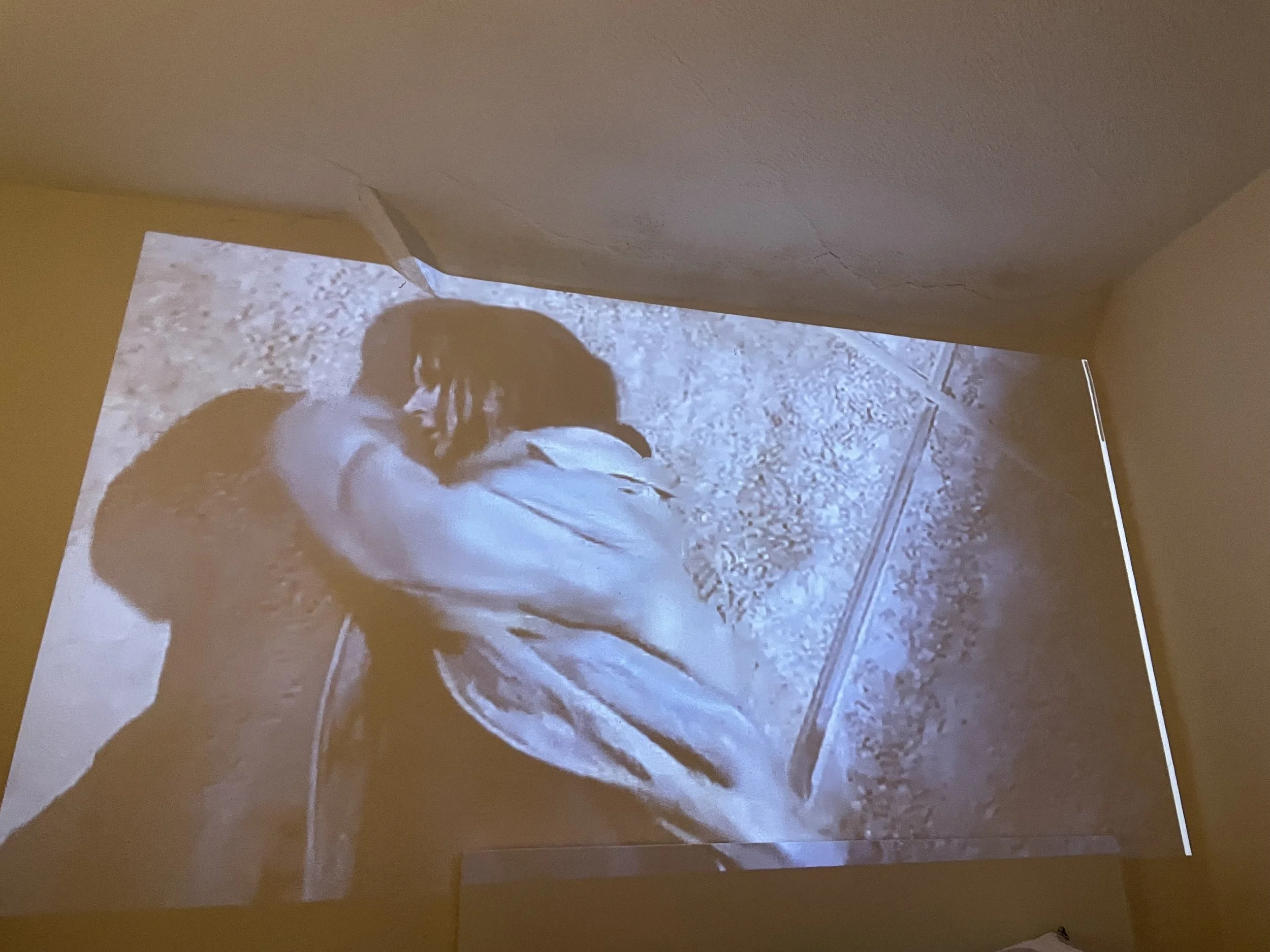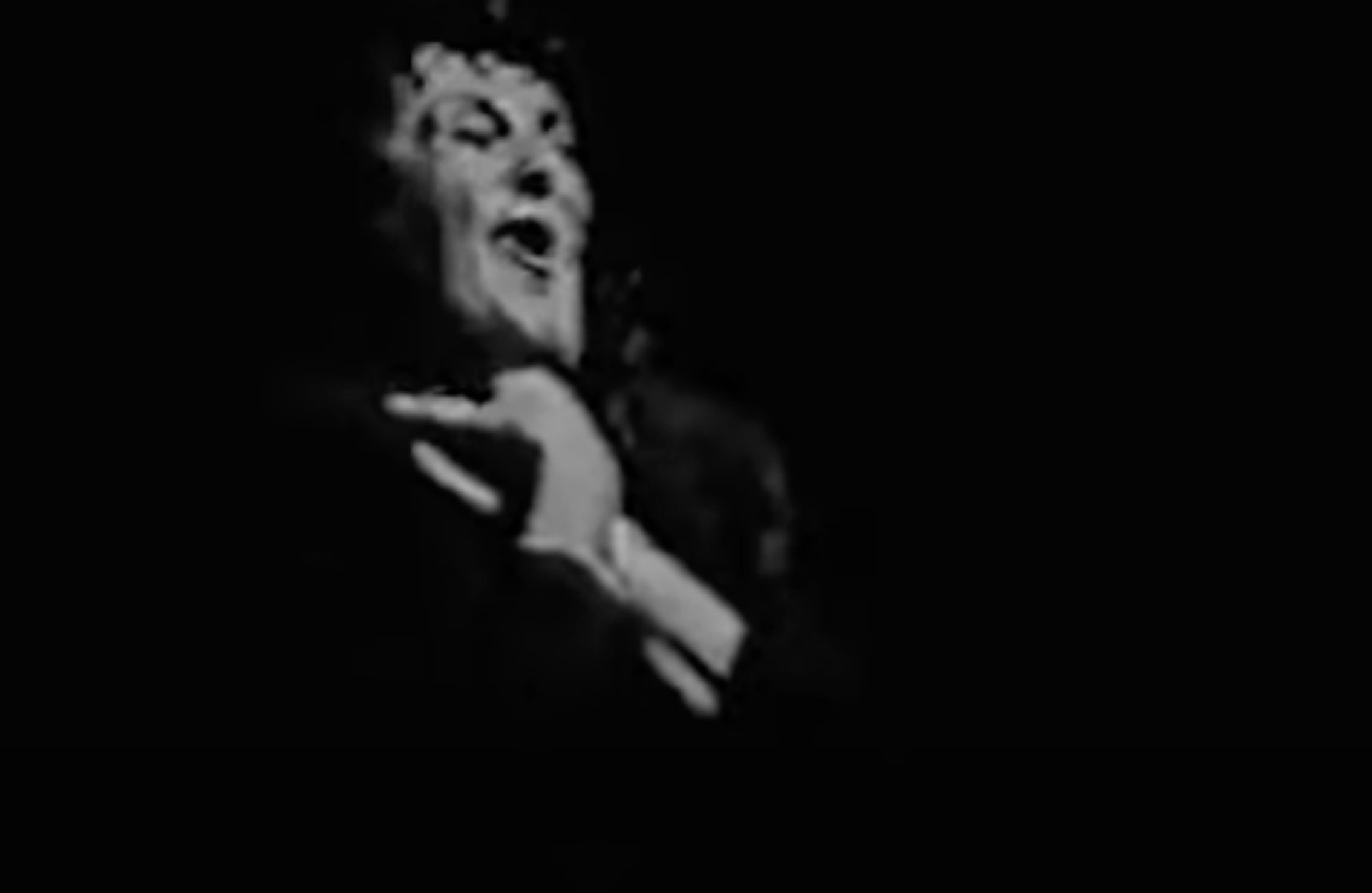Week 6 (2): Continuing the Self-study Research: Strauss’s elektra
Date: 25th April, 2025
Time: 8:00pm
Venue: My Room
One of my major role in this project, other than singing, is to research the context of the opera, digging into the possible materials and to provide Genie the gist of opera (the plot, the associated philosophical thoughts, other form of arts, etc. ) so that we will be on the same page and she will understand the reasons that I come up with these creative thoughts and my thoughts of extracting these materials, which I think we did pretty well when we are working materials from Turandot and Tristan und Isolde. However, Richard Strauss’s Elektra is not an opera that I am as familiar in our selection of opera, therefore after the meeting earlier in the day with Genie, I have decided to familiarise myself more on the opera itself (on my projector) and to finally confirm the exact fragments that I am going to include in the project and elements that we are going to include in representing the opera. I watched the 2010 Vienna State Opera production conducted by Daniele Gatti, with Irene Heorin singing the role of Elektra. I initially just thinking of familiarise myself with plot of opera, this recording is very useful as it has the subtitle on the recording to understand what the singers are conveying.
Elektra: 2010 Vienna State Opera Production:
https://www.youtube.com/watch?v=H-mEgeMG3e8&t=1s
This opera for me is sounds like mixture of Wagner and Puccini, which solidify the thought of combining them together merely only being 3 of the most important highlight Brigit’s career. Elektra’s first aria “Allein! Weh, anz allein” reminds me of Puccini’s Tosca, specifically "‘Vissi d’atre”, which I found the those arias share as similar intensity on the yearning and both of the arias started at a quasi-conscious state as both character are in grief. However, Elektra is more aggressive, richer in sounding and broader when it gets to climax that are found in Wagnerian opera like Die Walküre which also shares a high level of dissonance.
There are 2 prominent elements in the opera that I think worthwhile to the include in our projects. First, is the use of metaphor at the start of the opera. Elektra was mocked by the maid at the start, calling her wild cat due to her unstable mental state after her father’s death and they also said that they will out her food bowl with the dogs, which shown her status at the house at the time. She was the daughter of a king but even the servants in the house would not respect her. Due to the metaphor used in the libretto, I reckon cats and dogs sound might be another way to represent Elektra’s character as that was what she was referred as at the opera. It also provide a new soundscape to the track that we are making. I think I will raise that up to Genie next time I see her and see what she thinks despite the fact that we have quite a lot to include already.
Another very siginificant element in the opera to me, mentioned in last weeks’ blog, is the calling of the characters’ name. Elektra’s call for Agamemnon at the start and her call for her brother Orest when she realise that her brother is not dead but indeed standing in front of her, the aspect of calling has made a very deep impression on me. Like Agamemnon and Orest, Elektra was called by different characters in the opera (including the maid, her sister Chrysothemis and Orest), I think the calling of her name could be a unique element to include in our project as well.
Next Step
The next resource that I looked at is Brigit’s performance of Elektra. The last opera production that Birgit Nilsson took part in is Elektra in 1982 at Vienna State Opera, below you can find a recording of her final performances singing the role Electra before her retirement a few days later (in black and white) and other recording of her performing at The Metropolitan Opera (The Met) in 1980 (in colour). I have mainly been watching the recording from The Met, as the Vienna recording does not show the entirely of the opera. (The Vienna State Opera Recording starts with Elektra’s Entrance. The Met recording also has clearer visual details and sound quality, whlist you can only distinguish human figures in the Vienna State Opera recordings (and some of them are distorted, eg: 11: 47)
Birgit Nilsson: Elecktra The Metropolitan Opera (16th February 1980)
https://www.youtube.com/watch?v=GypyKpAkqLU
Birgit’s Final Opera Before Retirement: Elektra Vienna State Opera (22 January 1982)
https://www.youtube.com/watch?v=h-AyqaGacDA&t=68s
I didn’t started with the Brigit’s recording at the very first stage as I want to get myself familiar with the plot before that I watch it, I find recordings with translated subtitle an easier way to taste the work from line by line, word by word there I started with the 2010 Vienna State Opera production, it also enables me to compare and contrast the difference between the two Elektra and their interpretations so that it allows me to articulate and highlight Brigit’s qualities in my project, for example the way that Irene Heorin and Birgit Nilsson articulate the word ‘Agamemnon’, Heorin’s ‘Agamemnon’ calls in “Allein! Weh, anz allein” are more gentle that are achieved through humming between the ‘m’ and the ‘n’, whilst Brigit separated the ‘m’ and the ’n’ and almost accented on ‘non’ in her calls.
ROH Elektra (2024) Insight:
The final thing that I watched that night is the Elektra Insight (2024) from the Royal Ballet & Opera Streaming Services. From the video, I learnt the original Greek myth about Agamemnon, how was the story being modified from the original. Most importantly, Antonio Pappano talked about the musical elements and meaning of the opera, which include the Electra Chord and Strauss’s use of different music gestures in the scores in representing the metaphors from the libretto (the wild cats, the barking dogs) at the starting of the opera, the use of the Agamemnon Leitmotif and the variation of the motive within the music, the use of tonality to represent the disfunction of the family and idealised memory of the family, the thirsty of vengeance through Waltz, etc. This insight has given more concrete idea of the significant component of the opera and elements that could be effective in representing Elektra’s character in our project, as well as the filtered those are less relevant.
This section provided me an in-depth understanding of Strauss’s Elektra and Brigit’s engagement with the role. I think I benefited a lot from all of the resources in familiarise myself with the context of the piece and enables to confirms my decision in materials that we be selected into our project and elements that we will need to incorporate to highlight in depicting Elektra’s character.



